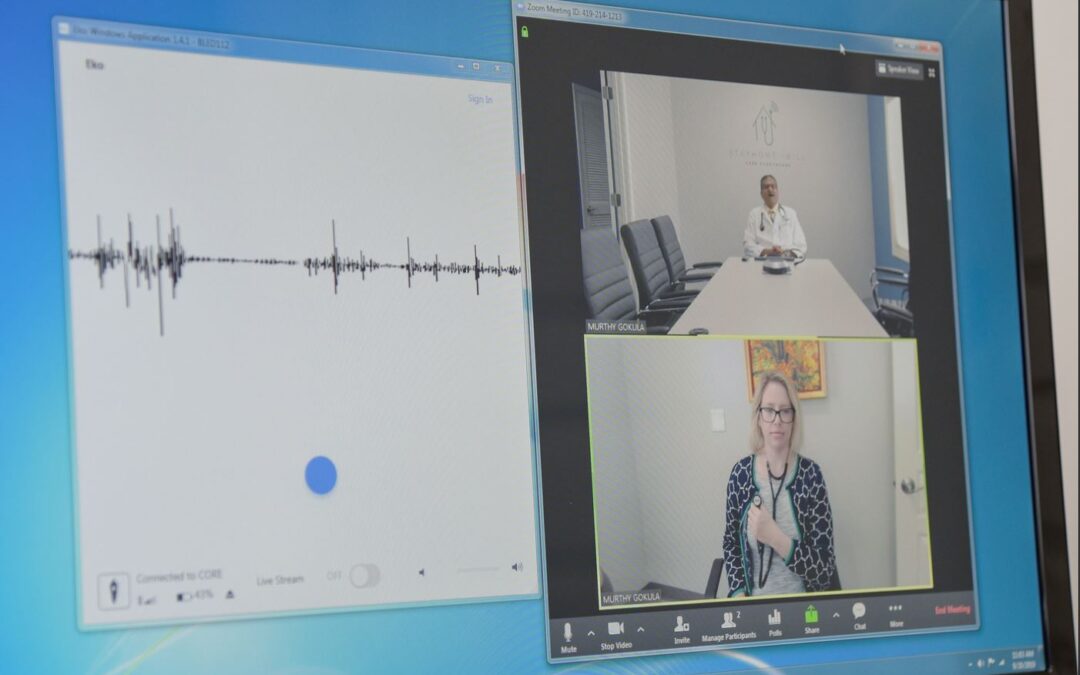Telemedicine is a revolutionary new approach to healthcare that leverages modern technology, bringing healthcare and medical advice to more people more quickly than conventional treatment options. This new trend functions around the concept of remote medical attention; when a patient needs medical advice from a doctor, the patient simply contacts the doctor digitally. Video conferencing technology can allow for fast and accurate diagnoses without the need for office visits.
While it may sound like the main benefit of telemedicine is simply patient convenience, the reality is that this new approach to medical care offers significant benefits to the entire spectrum of healthcare services in use today.
The following are just a few of the best aspects of the telehealth trend.
More Timely Care for Non-Emergencies
Telemedicine and virtual health services allow patients to receive timely care and medical advice for non-emergency situations. If a patient is not sure how serious a medical event is, telemedicine services allow the patient to quickly and easily contact a doctor for swift and accurate advice. This helps reduce uncertainty, speed up the cycle of medical treatment, and ultimately reduces recovery times.
RELATED ARTICLE: Telehealth Statistics: What You Need to Know
Reduced Burden on Emergency Departments
When patients are unsure or panicked about an apparent medical issue, they often go to emergency rooms or urgent care facilities needlessly. This not only costs much more than primary care but also depletes resources from these facilities that would otherwise go toward the care of patients in true emergency situations. As more patients take advantage of telemedicine services, emergency departments across the country will see reduced numbers of non-emergency situations that bog down their ability to treat true emergencies
Increased Medical Provider Efficiency
Wider availability of telehealth services can effectively allow more patients to receive timely medical care than ever before. These services make it easy for healthcare providers to address a wider range of healthcare issues effectively without diminishing patient outcomes. Telehealth services make it easier for healthcare providers to allocate their attention and resources to patients more equitably.
RELATED ARTICLE: What Are the Differences Between Direct Primary Care and Concierge Medicine?
Better Treatment Options for Disabled Patients
Many patients with immobilizing disabilities face significant challenges when it comes to getting to their medical providers’ offices for necessary checkups and treatments. Telehealth services make it easier for disabled and limited mobility patients to receive the care they need in a timely and convenient fashion.
Improved Remote Monitoring
For patients who experience chronic medical issues that require constant supervision, telehealth makes it easier to monitor these patients remotely. This not only ensures patient safety at all times but also allows the patient more personal freedom that conventional monitoring does not allow.
Your Health Starts Here
Want to learn more? See if concierge, connected care medicine is for you. Visit conciergeconnectedcare.net/book-appointment to book your FREE consultation.

